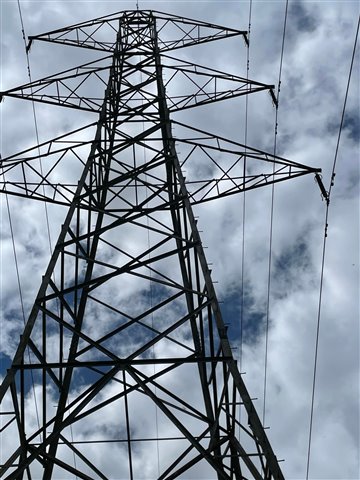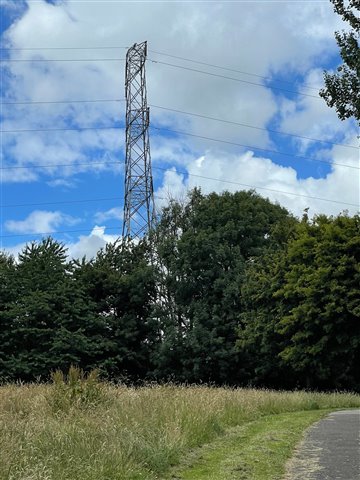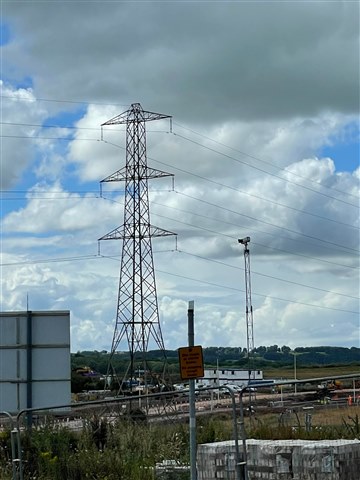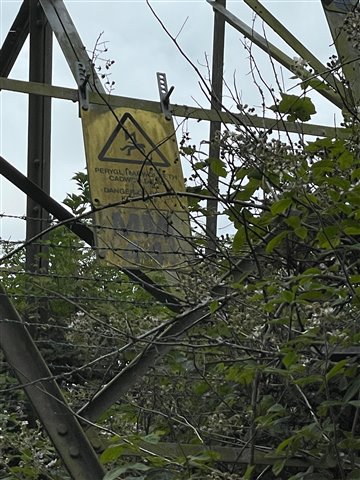There is a proposal to build houses in an area that has overhead lines (will find out what type) . They plan to underground the overhead lines and build "over" them. Are there regulations covering this? Or is it just a question of working out exposure to emf? If you can build OVER what about maintenance?




